Home>Furniture>Office Furniture>Where To Place Bookshelves
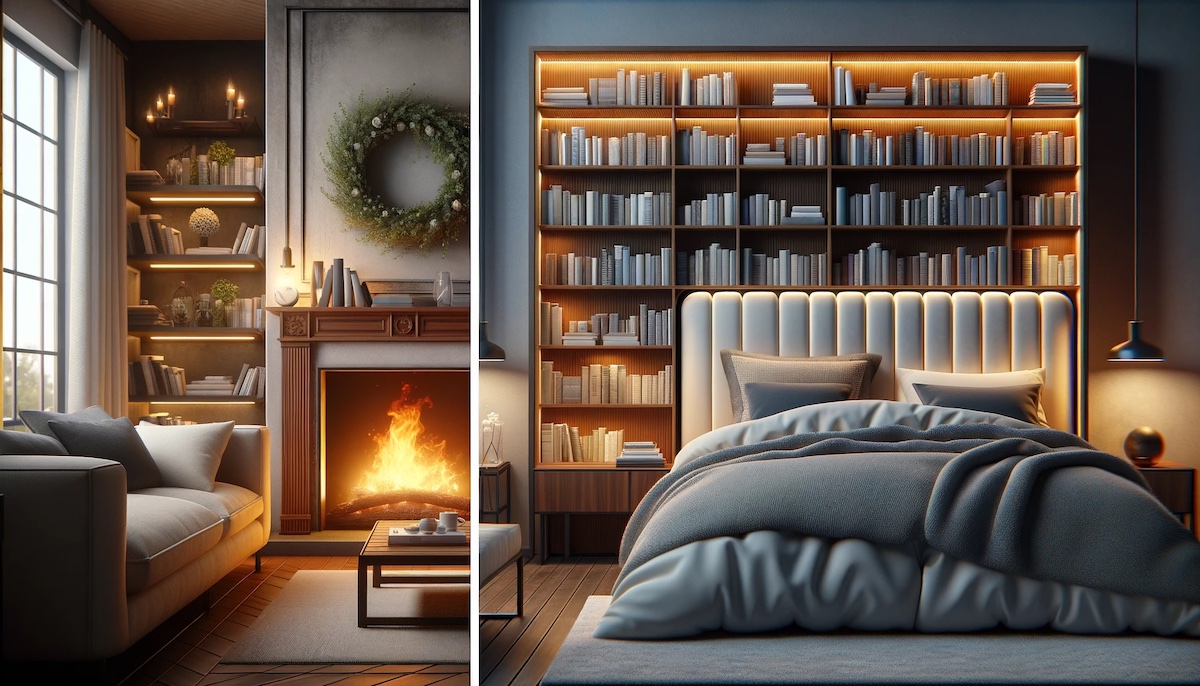

Office Furniture
Where To Place Bookshelves
Modified: February 28, 2024
Looking for the perfect office furniture? Discover the best spots to place bookshelves for a functional and stylish workspace.
(Many of the links in this article redirect to a specific reviewed product. Your purchase of these products through affiliate links helps to generate commission for Storables.com, at no extra cost. Learn more)
Introduction
Welcome to the world of bookshelves! Whether you’re a bookworm, a collector, or just someone who appreciates stylish storage solutions, having a bookshelf in your home or office can be both functional and aesthetically pleasing. But with so many options available, the question arises: where should you place your bookshelves?
The placement of bookshelves in a space can greatly impact the overall look and feel of the room, as well as the accessibility and organization of your books and other belongings. In this article, we will explore various factors to consider when deciding on bookshelf placement, as well as provide some recommended spots for different areas in your home or office.
Before delving into the specific locations, it’s important to think about the size and style of your bookshelves. Consider the dimensions of the room and the available wall space. Will you opt for a freestanding bookcase, a built-in unit, or wall-mounted shelves? Also, think about the style and design of the bookshelves. Do you prefer a modern and sleek look, or perhaps something more traditional and rustic? These factors will help you narrow down the options and select the bookshelves that best suit your needs.
So, let’s dive in and discover the perfect places to put your bookshelves!
Key Takeaways:
- Transform your living room into a cozy haven by placing bookshelves against feature walls, flanking the TV, or creating a dedicated reading nook, adding functionality and style to the space.
- Maximize space and foster a love for reading by strategically placing bookshelves in bedrooms, offices, kitchens, and children’s rooms, creating personalized and organized environments tailored to your needs and interests.
Read more: Where To Place A Shed
Factors to Consider when Placing Bookshelves
When deciding on the placement of your bookshelves, there are several key factors to consider. These factors will ensure that your bookshelves not only fit within the space but also enhance the overall functionality and aesthetic appeal of the room. Let’s take a look at some of these important considerations:
- Room Size: Take into account the size of the room where you plan to place your bookshelves. If the room is small, consider using smaller bookcases or wall-mounted shelves to save space and prevent the room from feeling cramped. In larger spaces, you have more flexibility to choose bigger and more substantial bookshelves.
- Wall Space: Assess the available wall space in the room. Look for areas with enough room to accommodate the size of the bookshelves you have in mind. Avoid placing bookshelves where they might obstruct doors, windows, or walkways.
- Functionality: Think about how you intend to use the bookshelves. Do you need them primarily for storing books, or do you also want to display other items like decorative objects or framed photos? Consider the number of shelves and their depth to ensure they can accommodate your storage needs.
- Room Layout: Consider the overall layout and design of the room. Think about the existing furniture and fixtures in the space and how the bookshelves will fit in with the overall aesthetic. You want the bookshelves to complement the existing style and create a harmonious look.
- Lighting and Electrical Outlets: Take note of the placement of electrical outlets and lighting fixtures in the room. Ensure that the bookshelves won’t block access to outlets and that they won’t cast shadows on important areas of the room. If possible, choose a location near natural light sources to make it easier to read and showcase your books.
- Accessibility: Consider the accessibility of the books and items on the shelves. If you frequently use certain books or items, place them at a comfortable height on the shelves for easy reach. Consider adding a ladder or step stool for high shelves if needed.
- Aesthetics: Finally, think about the overall aesthetic impact of the bookshelves. Do they complement the room’s style and color scheme? Consider how the materials, finishes, and design of the bookshelves will enhance the overall look and feel of the space.
By carefully considering these factors, you can find the perfect placement for your bookshelves that maximizes both functionality and visual appeal. Now, let’s explore some recommended places to put bookshelves in different areas of your home or office.
Recommended Places to Put Bookshelves in a Living Room
The living room is often the heart of a home, where family and friends gather to relax, entertain, and spend quality time together. Placing bookshelves in the living room not only adds functionality but also creates a beautiful display of your literary collection. Here are some recommended places to put bookshelves in a living room:
- Against a Feature Wall: One popular option is to place bookshelves against a feature wall in the living room. This could be a wall with a fireplace, a large window, or a unique architectural detail. The bookshelves will draw attention to the wall and create a focal point in the room.
- Flanking the TV: If you have a television in your living room, consider flanking it with bookshelves. This creates a balanced and symmetrical look while providing storage space for books, DVDs, and other media.
- Creating a Reading Nook: If you have a cozy corner in your living room, consider creating a reading nook by placing a comfortable chair or a small sofa next to a bookshelf. This creates a dedicated space for reading and relaxation.
- Dividing the Room: Bookshelves can also be used to divide an open-concept living room. By placing a tall bookshelf perpendicular to a wall, you can create a visual separation between different areas without blocking natural light or obstructing the flow of the room.
- Under Stair Storage: If you have a staircase in your living room, utilize the space underneath it by installing built-in bookshelves. This not only maximizes storage but also adds visual interest to an otherwise unused space.
- Creating a Library Wall: For avid readers and book collectors, consider dedicating an entire wall in your living room to bookshelves. Floor-to-ceiling shelves create a stunning library display and provide ample space for your book collection.
When placing bookshelves in a living room, consider the existing furniture and the flow of the room. Ensure that the bookshelves harmonize with the overall design aesthetic and don’t overwhelm the space. By strategically placing bookshelves, you can transform your living room into a cozy and inviting space while showcasing your love for literature.
Ideal Locations for Bookshelves in a Bedroom
The bedroom is a personal sanctuary, a place of relaxation and rest. However, it can also be a space where you can indulge in your love for books. Placing bookshelves in a bedroom can create a cozy and intimate reading nook or provide convenient storage for your favorite literary treasures. Here are some ideal locations for bookshelves in a bedroom:
- Bedside Bookshelves: One common and convenient option is to have bookshelves on either side of the bed. This allows you to easily access your books before bedtime or when you wake up. You can opt for floating shelves above the bedside tables or freestanding bookshelves next to the bed.
- Under Window Bookshelf: Utilize the space beneath a bedroom window by placing a low bookshelf or bench with built-in shelves. This not only adds charm to the room but also creates a cozy reading area with natural light.
- Corner Bookshelf: If you have an unused corner in your bedroom, consider installing a corner bookshelf. This maximizes space utilization and adds a unique design element to the room.
- Wall Niche Bookshelves: If your bedroom has wall niches, transform them into custom bookshelves. This creates a seamless and integrated look while optimizing storage space.
- Dressing Area Bookshelf: If your bedroom has a separate dressing area, consider incorporating bookshelves into the space. You can have a small bookshelf or floating shelves above a vanity, providing easy access to your favorite books while getting ready.
- Closet Bookshelf: If you have a walk-in closet, utilize available wall space by adding bookshelves. This not only keeps your books organized but also adds personality to your closet.
When placing bookshelves in a bedroom, choose a location that complements the existing furniture and creates a harmonious atmosphere. Consider the size and scale of the room to ensure that the bookshelves fit comfortably without overwhelming the space. Additionally, create a cozy reading nook by pairing bookshelves with a comfortable chair or a window seat. With the right placement, your bedroom can become a tranquil oasis with your beloved books always within reach.
Creative Placement Ideas for Bookshelves in a Study/Office
The study or home office is a space dedicated to work, productivity, and creativity. Placing bookshelves in a study or office not only provides practical storage for books and reference materials but also adds a touch of sophistication and personalization to the space. Here are some creative placement ideas for bookshelves in a study/office:
- Wall-to-Wall Bookshelves: If you have ample wall space, consider installing floor-to-ceiling bookshelves that span the entire width of the room. This creates a stunning display and maximizes storage capacity.
- Behind the Desk: Place a bookshelf directly behind your desk, either as a built-in unit or freestanding shelves. This provides easy access to books, important documents, and office supplies while adding visual interest to your workspace.
- Corner Bookshelf: Optimize corner space by installing a corner bookshelf. This makes use of often overlooked areas while creating a unique focal point in the room.
- Floating Shelves: If you prefer a modern and minimalist look, consider installing floating shelves above your desk or workspace. This provides storage without occupying valuable floor space and gives a clean and sleek appearance.
- Under Stair Storage: Utilize the space under a staircase in your study/office by converting it into a bookshelf. This clever use of space adds functionality and transforms an otherwise unused area into a stylish storage solution.
- Room Divider Bookshelf: If your study or office area is part of a larger room, consider using a bookshelf as a room divider. This creates a sense of privacy and separates the work area from the rest of the space.
- Built-In Bookshelves: If you have the opportunity, opt for built-in bookshelves that seamlessly blend with the walls of your study/office. This creates a sleek and custom look while maximizing storage capacity.
When placing bookshelves in a study/office, consider the functionality and flow of the space. Ensure that the shelves are within arm’s reach of your desk or workspace for easy access to books and materials. Additionally, organize your bookshelves in a logical manner, grouping similar books and materials together for efficient retrieval. With creative placement and thoughtful organization, your study/office will become a functional and inspiring workspace.
When placing bookshelves, consider the natural flow of the room and the accessibility of the books. Place them against a wall or in a corner to maximize space and create a cozy reading nook.
Read more: Where To Place A Projector
Best Spots in the Kitchen for Bookshelves
The kitchen is not typically known as a place for book storage, but incorporating bookshelves into this room can add a unique touch and provide a convenient spot for cookbooks and other culinary references. Here are some of the best spots in the kitchen for bookshelves:
- Island Bookshelves: If you have a kitchen island with an overhang, consider adding bookshelves to the sides of the island. This creates a functional and visually appealing storage solution for cookbooks, recipe binders, and even small kitchen appliances.
- Open Shelves above Countertops: Install open shelves above your kitchen countertops to display cookbooks and other culinary treasures. This not only adds a personalized touch but also keeps your favorite recipes within easy reach while you’re cooking.
- Under Cabinet Bookshelf: Maximize the use of space by adding a small bookshelf or floating shelves under the upper cabinets. This allows you to store cookbooks and kitchen-related literature without taking up valuable counter space.
- Side of Pantry or Cabinets: If you have a pantry or kitchen cabinets, utilize the side spaces by installing bookshelves. This clever placement creates extra storage for cookbooks and adds a charming touch to the kitchen.
- Backsplash Bookshelf: Consider incorporating a bookshelf into the kitchen backsplash. This unique placement not only adds a striking visual element but also allows you to conveniently store and display your favorite cooking references.
- Breakfast Nook: If your kitchen has a designated breakfast nook, consider adding built-in bookshelves to this area. This creates a cozy and inviting space where you can enjoy a meal while surrounded by your favorite cookbooks.
- End of Kitchen Island: If you have a larger kitchen island, take advantage of the ends by adding open shelves or bookshelves. This provides an additional spot to store cookbooks, cooking magazines, and other kitchen-related literature.
When placing bookshelves in the kitchen, consider the materials and finishes that will complement the existing cabinetry and countertops. Additionally, make sure the shelves are positioned away from potential water sources to prevent damage to your books. By incorporating bookshelves strategically in the kitchen, you can combine functionality with a touch of culinary-inspired decor.
Bookshelf Placement in a Children’s Room or Playroom
Creating a reading-friendly environment is crucial for children’s development and love for books. Placing bookshelves in a children’s room or playroom not only encourages reading but also fosters organization and imagination. Here are some tips for bookshelf placement in a children’s room or playroom:
- Low-Level Bookshelves: Opt for low-level bookshelves or book bins that are accessible to children. This allows them to browse and choose books on their own, developing independence and a love for reading from an early age.
- Cozy Reading Nook: Create a cozy reading nook by placing a bookshelf against a wall and adding a comfortable cushion or bean bag chair nearby. This designated space provides a quiet and inviting area for children to escape into their favorite stories.
- Themed Displays: Organize books on the shelves based on themes or categories, such as animals, fairy tales, or educational topics. This not only adds visual interest but also helps children easily locate books of interest.
- Display with Book Covers Facing Out: Display some books with their covers facing outwards, especially for younger children. This adds a playful element and makes it easier for them to choose books based on the captivating illustrations.
- Toy Integration: If the bookshelf is placed in a playroom, consider integrating storage for toys alongside the books. This promotes organization and allows for a seamless transition from playtime to reading time.
- Art Display: Reserve a shelf or section of a bookshelf for displaying artwork created by children. This not only adds a personal touch but also celebrates their creativity and provides a sense of pride and accomplishment.
- Rotate Books: Keep the bookshelf dynamic by regularly rotating the books displayed. This keeps the content fresh and introduces children to new stories and authors, sparking their curiosity and love for reading.
When placing bookshelves in a children’s room or playroom, prioritize safety and make sure the shelves are securely anchored to the wall. Consider colorful and child-friendly designs that add a playful element to the space. By creating an inviting and organized bookshelf environment, you can instill a lifelong love for reading in your children.
Stylish Bookshelf Placement in a Dining Area
The dining area is often reserved for meals and gatherings, but it can also be a space where you can showcase your personal style and interests. Incorporating a bookshelf into the dining area adds a touch of sophistication and provides an opportunity to display your favorite books or decorative items. Here are some stylish bookshelf placement ideas for a dining area:
- Adjacent to or Behind the Dining Table: Place a bookshelf adjacent to or behind the dining table to create a visually striking backdrop. This not only adds character to the space but also provides a conversation starter during meals.
- Display Cookbooks: If you enjoy cooking and entertaining, dedicate a section of the bookshelf to display your collection of cookbooks. This adds a culinary touch to the dining area and can serve as inspiration for meals and entertaining.
- Incorporate Decorative Objects: Use the bookshelf as an opportunity to showcase decorative objects alongside books. This could include vases, sculptures, plants, or artwork. The combination of books and decor adds visual interest and personalizes the dining area.
- Add Lighting: Install small spotlights or LED strip lights along the shelves to highlight your book collection and create an inviting ambiance in the dining area. This subtle lighting adds a touch of elegance and draws attention to the books on display.
- Style with Color and Textures: Enhance the aesthetic appeal by incorporating color and textures into the bookshelf display. Use bookends, decorative boxes, or woven baskets to add visual interest and create a cohesive look.
- Mix Books and Stemware: Combine books with stemware or glassware on the shelves for an unexpected and stylish look. This juxtaposition adds a touch of whimsy and creates a visually dynamic display.
- Utilize Wall Space: If floor space is limited, utilize the walls by installing floating shelves or wall-mounted bookshelves. This not only saves space but also creates a floating display that complements the dining area without overpowering it.
When placing a bookshelf in a dining area, consider the size and scale of the furniture and the layout of the space. Ensure that the bookshelf complements the existing decor and coordinates with the overall style of the room. By strategically placing a stylish bookshelf, you can transform your dining area into a sophisticated space that reflects your personal taste and interests.
Conclusion
Choosing the right placement for your bookshelves is essential for creating a functional and visually appealing space. Whether it’s in the living room, bedroom, study/office, kitchen, children’s room, or dining area, bookshelves can add character, organization, and a personal touch to any room in your home or office.
When placing bookshelves, consider factors such as room size, wall space, functionality, room layout, lighting, accessibility, and aesthetics. By carefully evaluating these factors and incorporating creative ideas, you can find the perfect placement for your bookshelves that suits your needs and enhances the overall look and feel of the space.
In the living room, consider placing bookshelves against a feature wall, flanking the TV, creating a reading nook, or even dividing the room. In the bedroom, ideal locations include bedside shelves, under window shelves, or utilizing corners and niches. For a study/office, get creative with wall-to-wall shelves, shelves behind the desk, or under stair storage.
In the kitchen, think outside the box with island bookshelves, open shelves above countertops, or incorporating bookshelves into the side of a pantry or cabinets. In children’s rooms or playrooms, low-level bookshelves, cozy reading nooks, and themed displays create an inviting and organized space for children to explore their love for books.
Lastly, in the dining area, stylish bookshelf placement ideas include adjacent or behind the dining table, displaying cookbooks, incorporating decorative objects, and utilizing lighting and textures to create an elegant and personalized display.
By strategically placing bookshelves in your home or office, you not only enhance the organization and accessibility of your books but also create a visually appealing and individualized space that reflects your personality and interests. So, go ahead and find the perfect spot for your bookshelves and let them become a focal point and a source of inspiration in your environment.
Frequently Asked Questions about Where To Place Bookshelves
Was this page helpful?
At Storables.com, we guarantee accurate and reliable information. Our content, validated by Expert Board Contributors, is crafted following stringent Editorial Policies. We're committed to providing you with well-researched, expert-backed insights for all your informational needs.
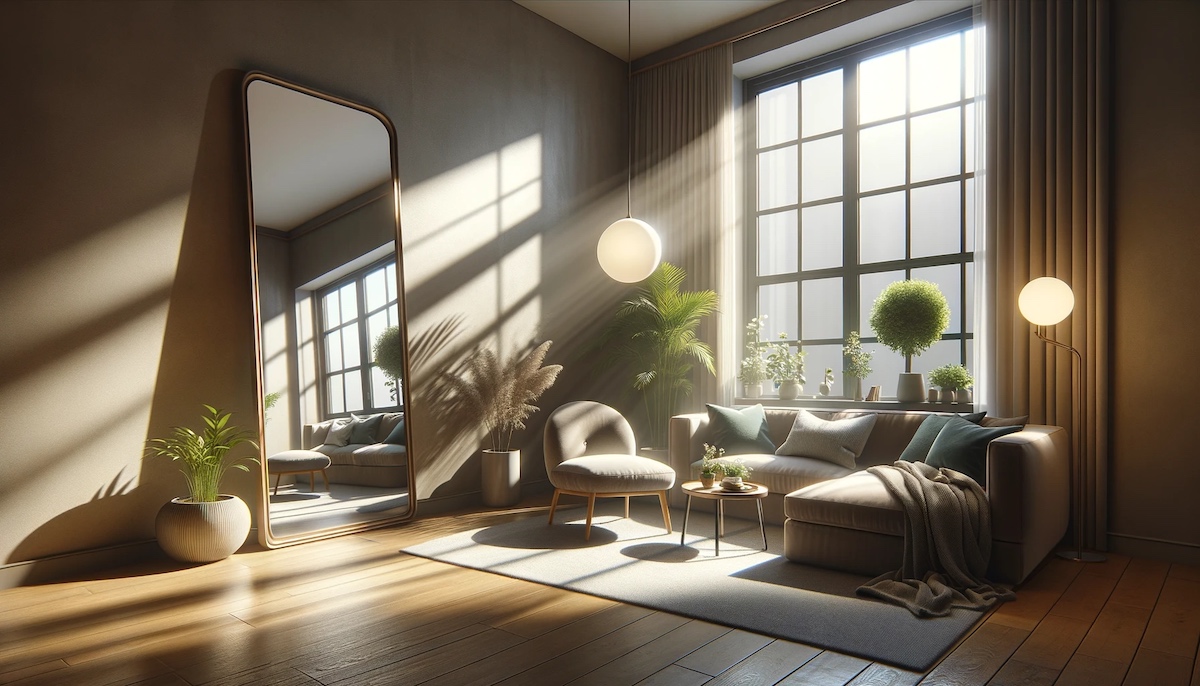
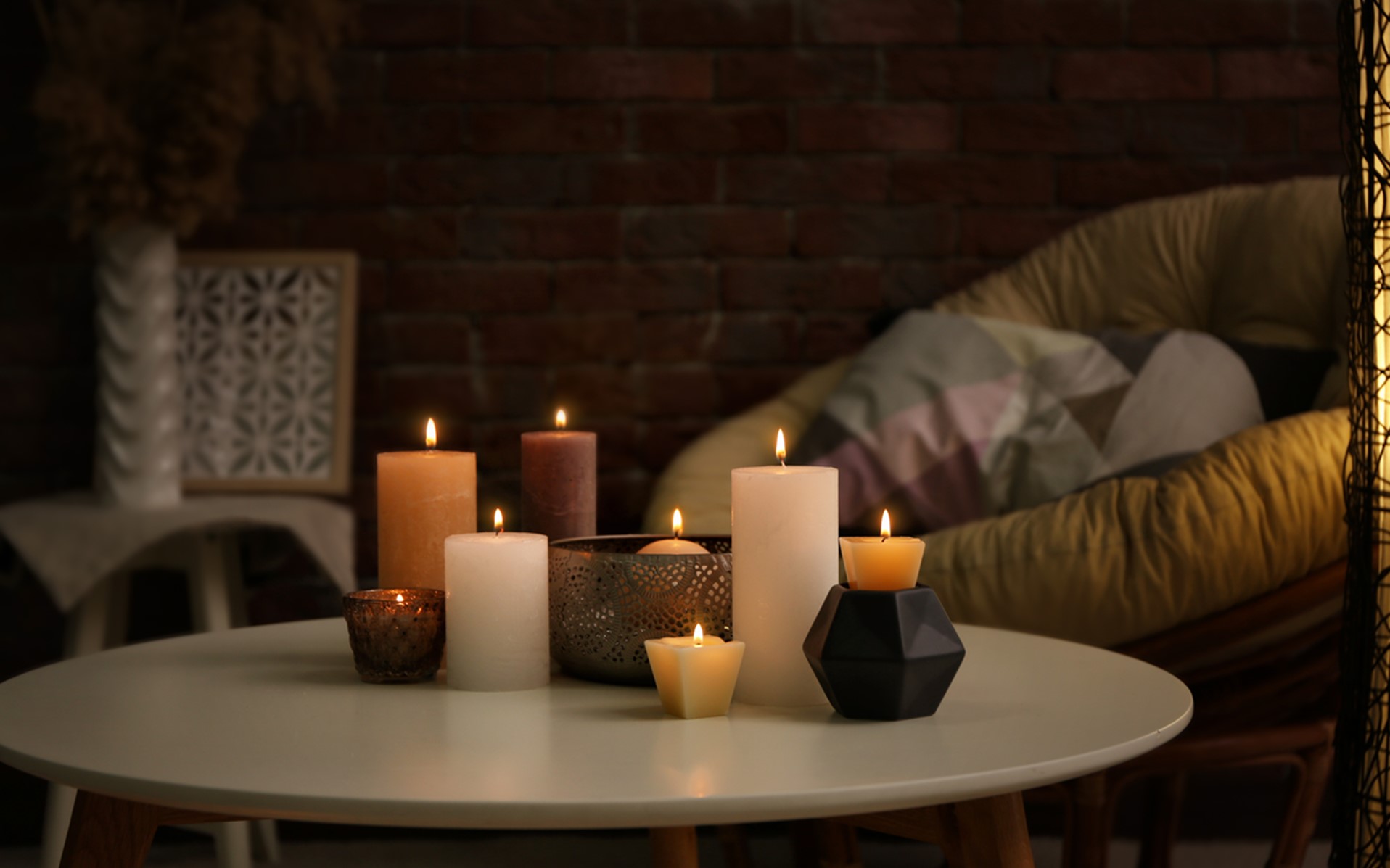
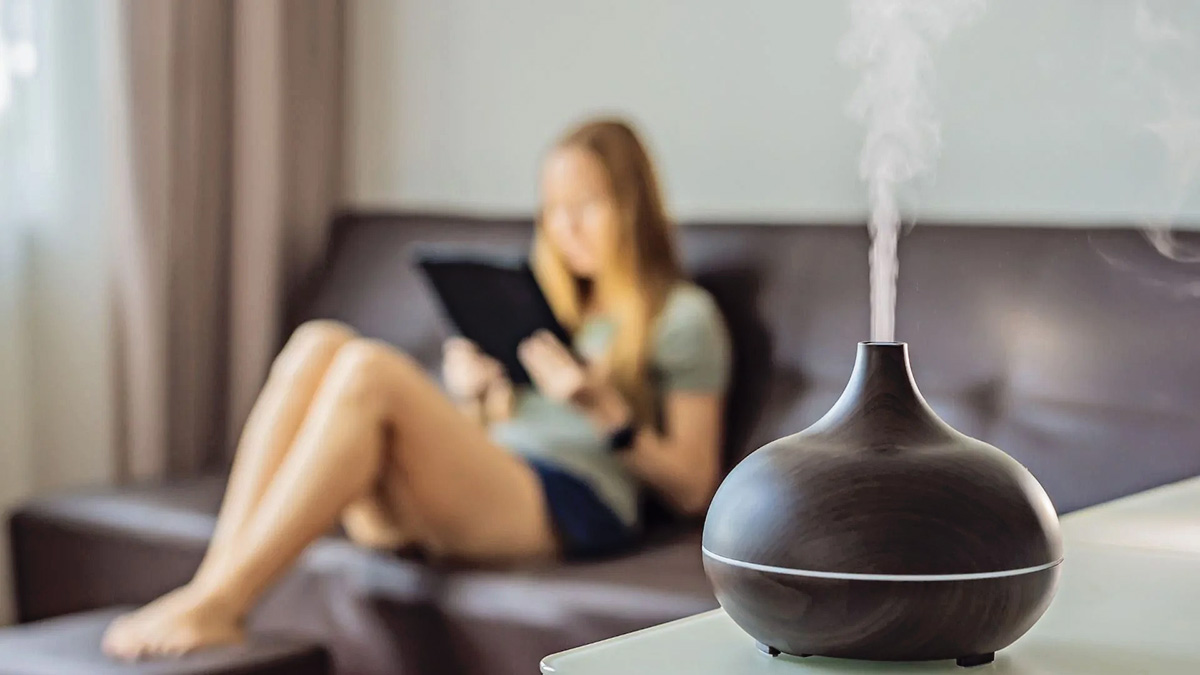
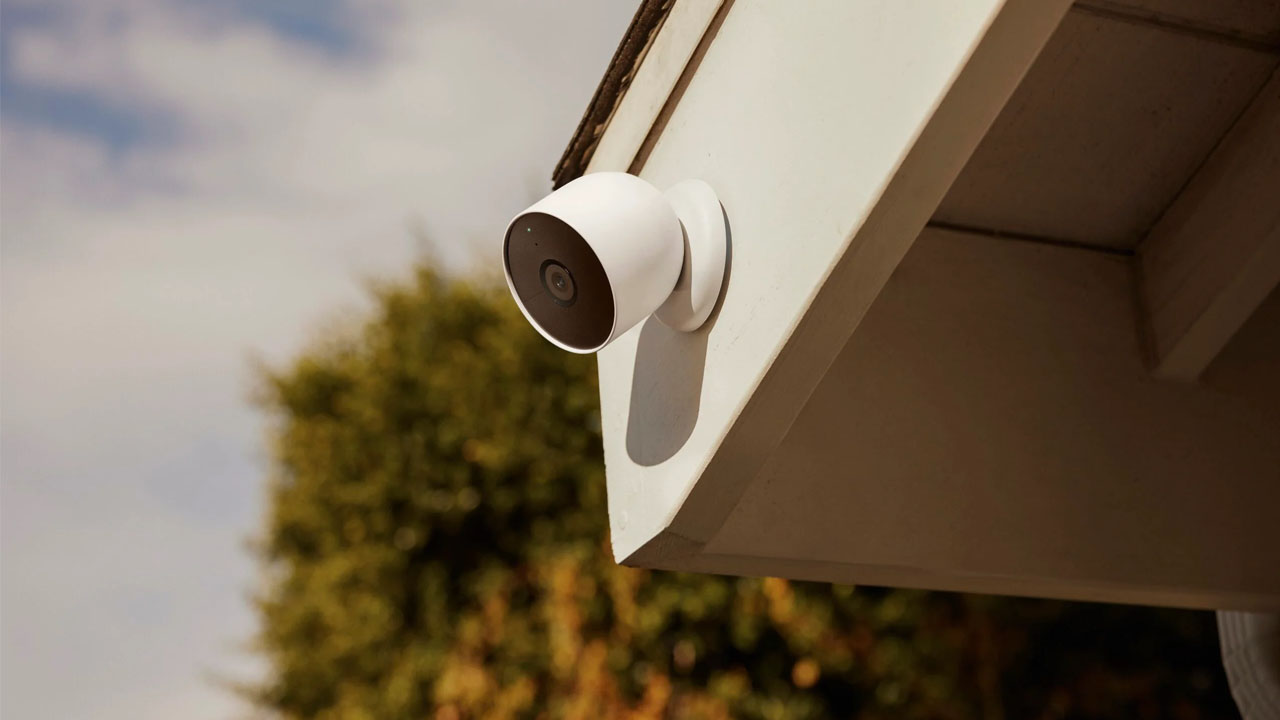
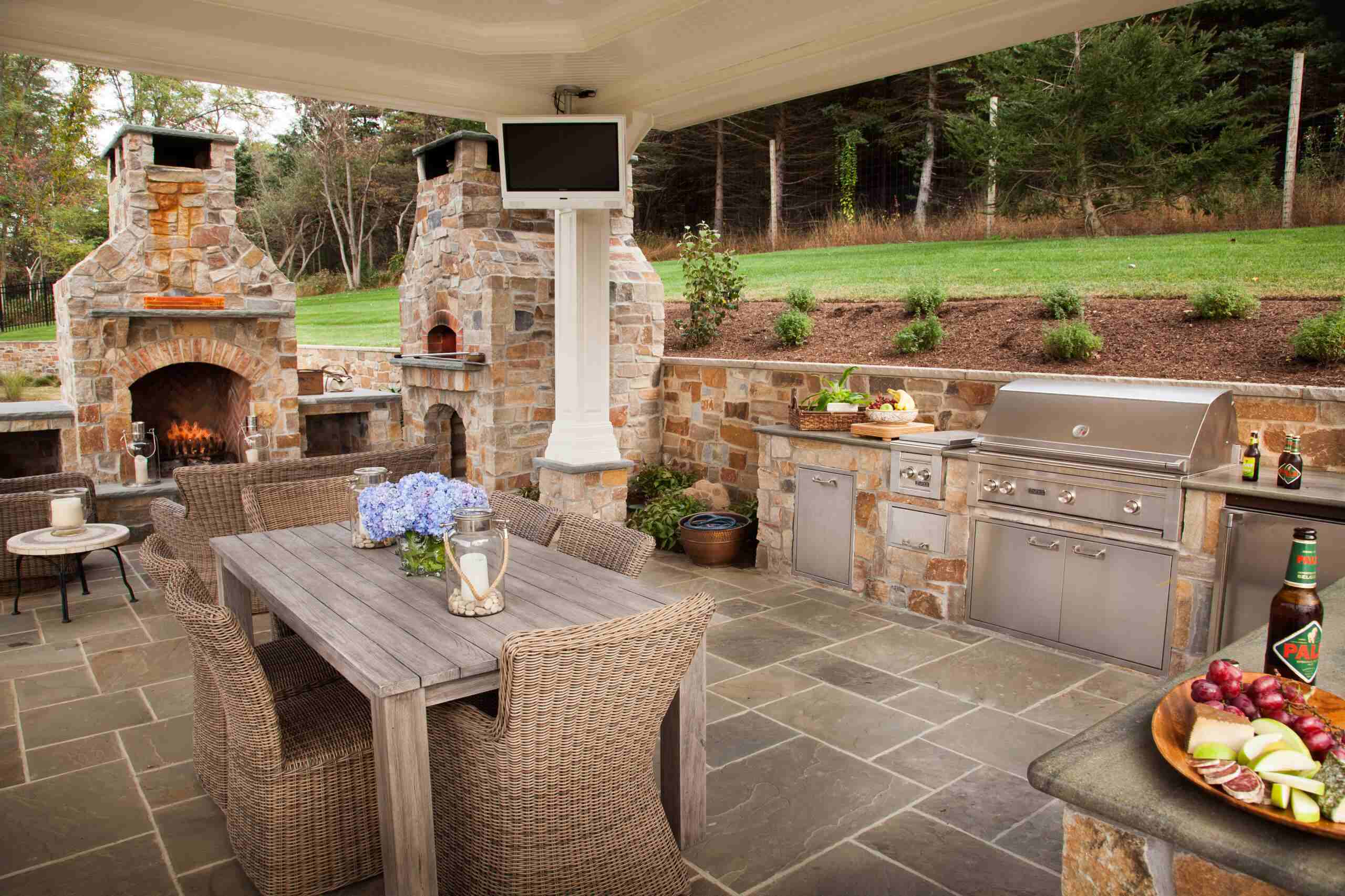
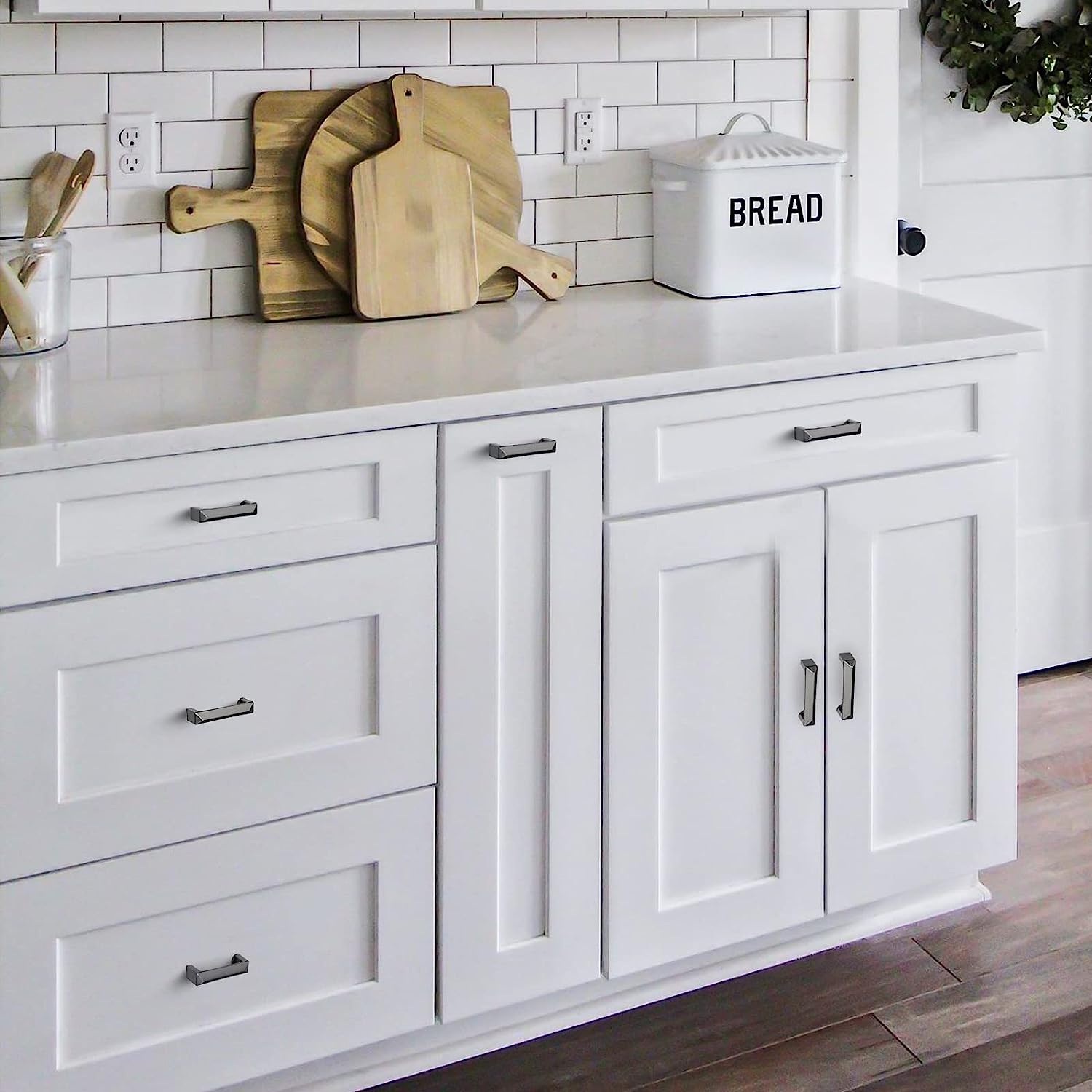
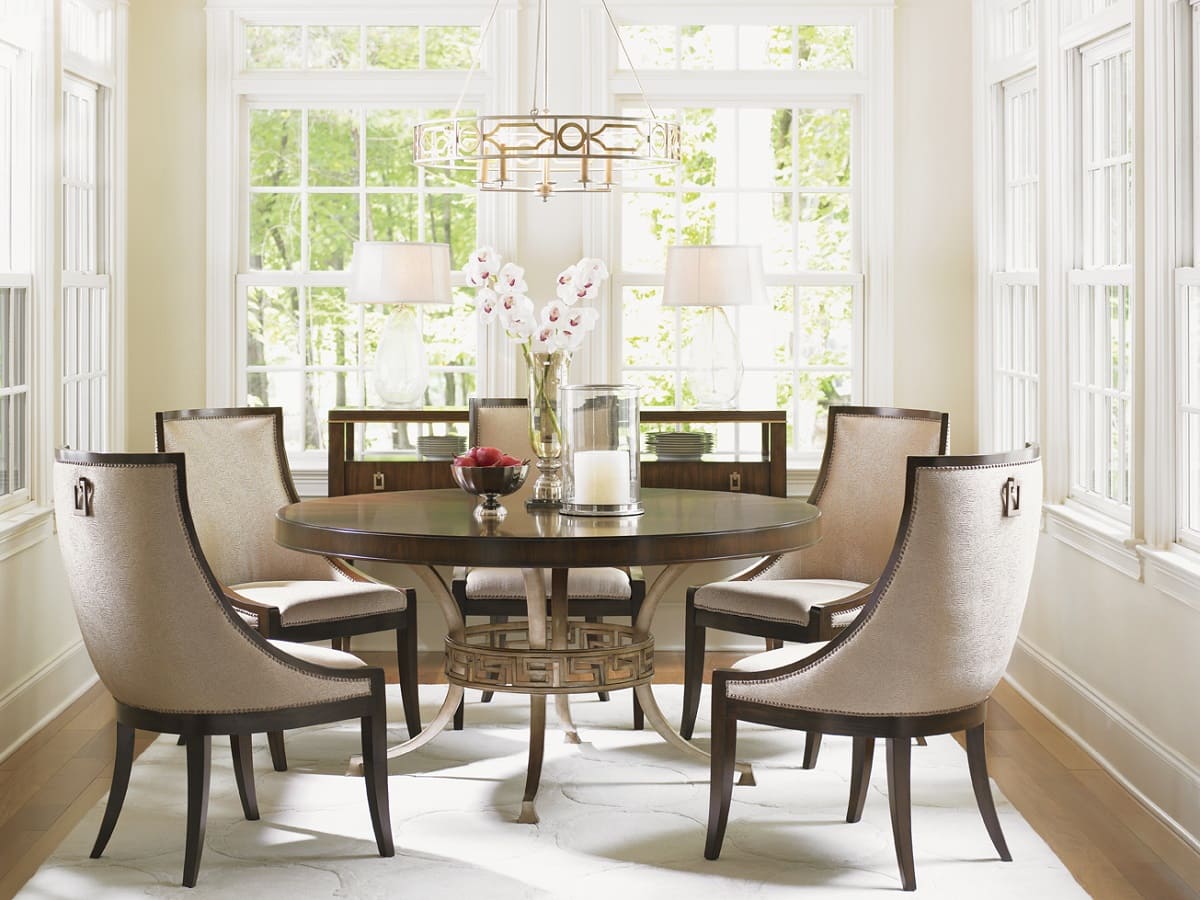
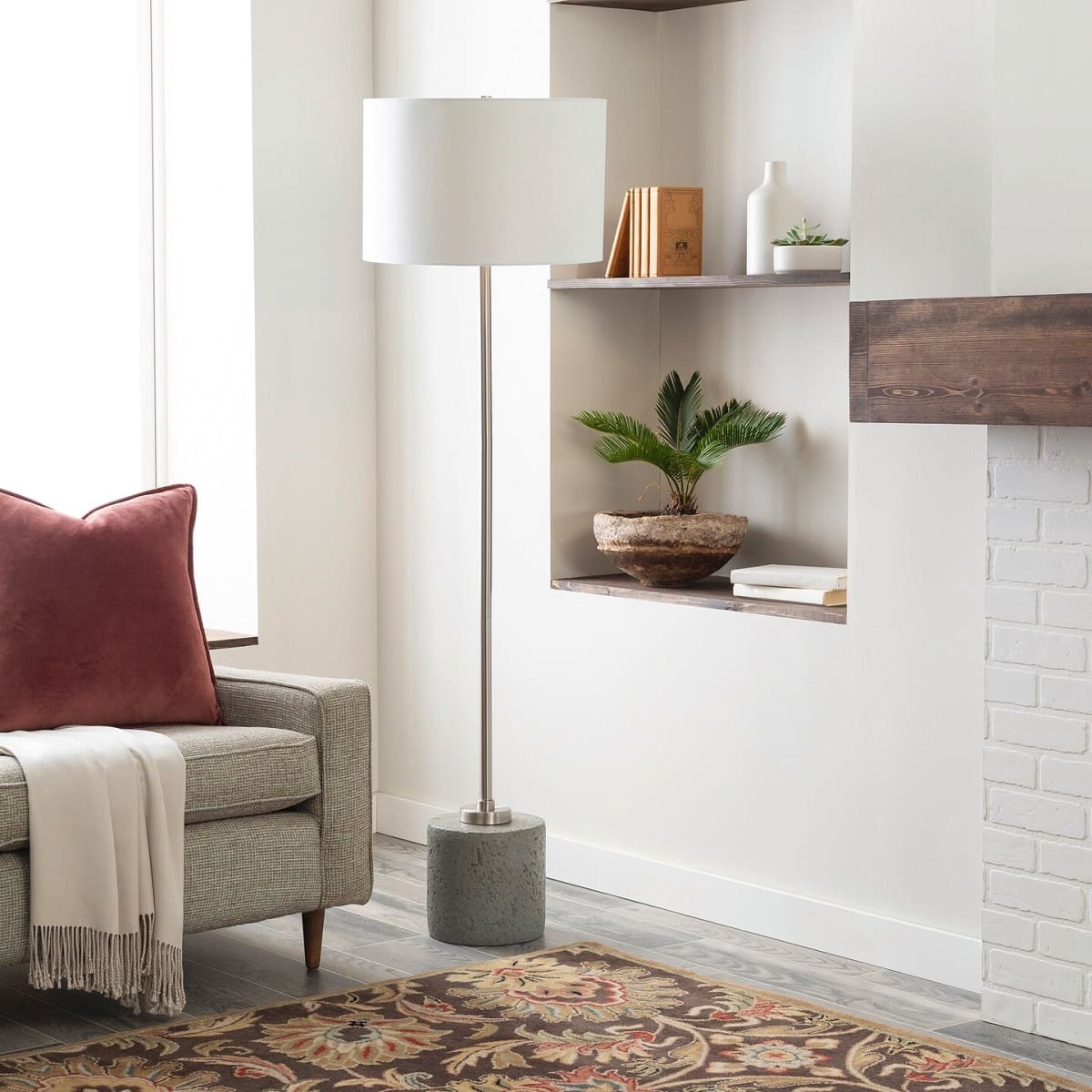
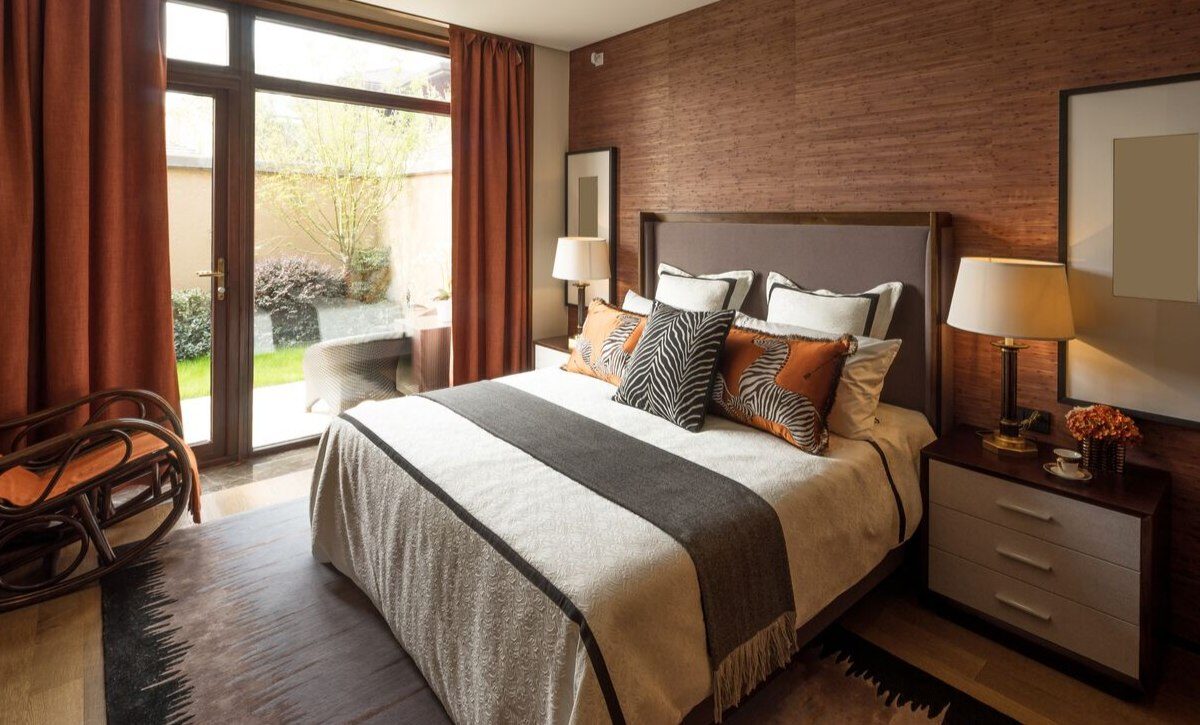
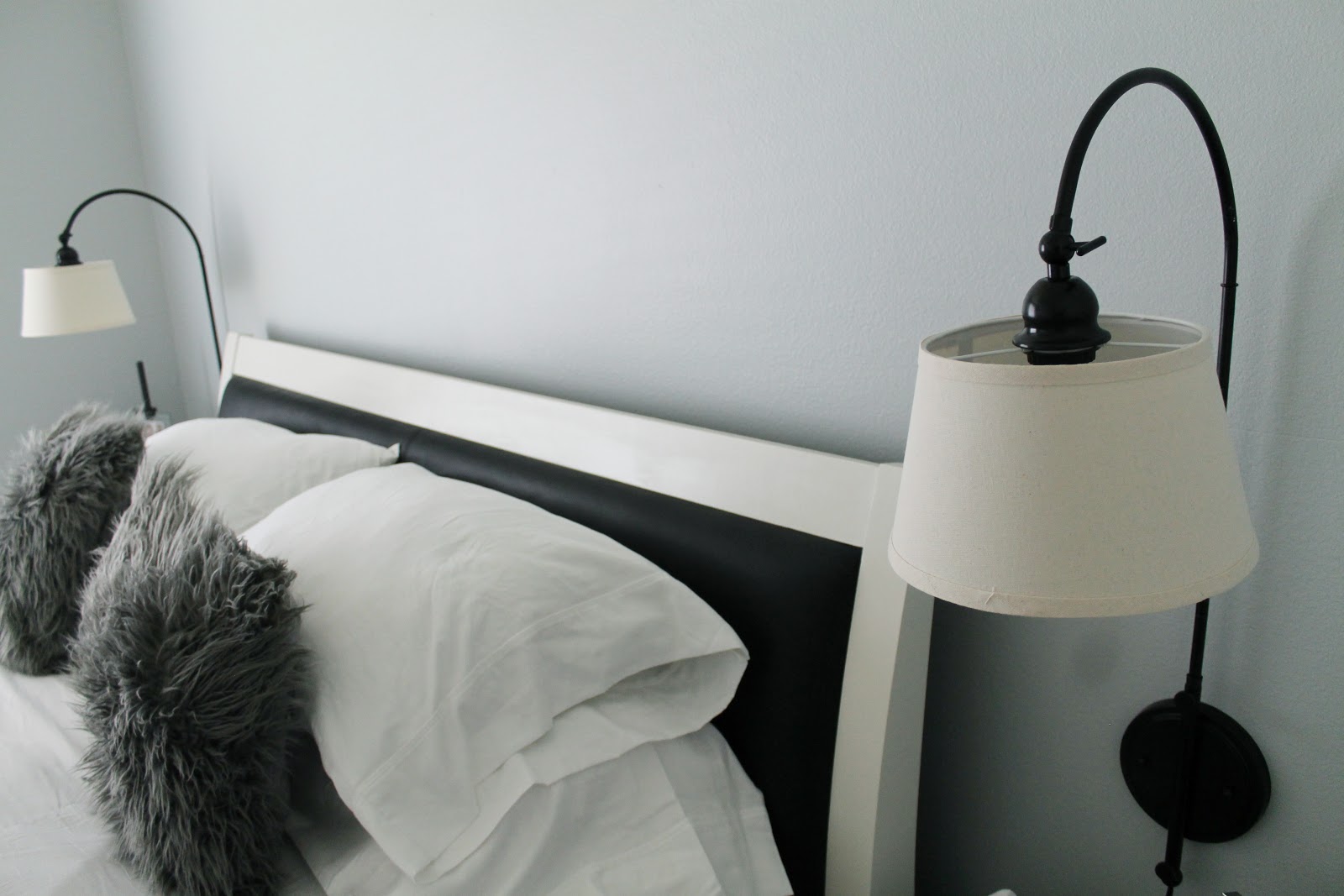
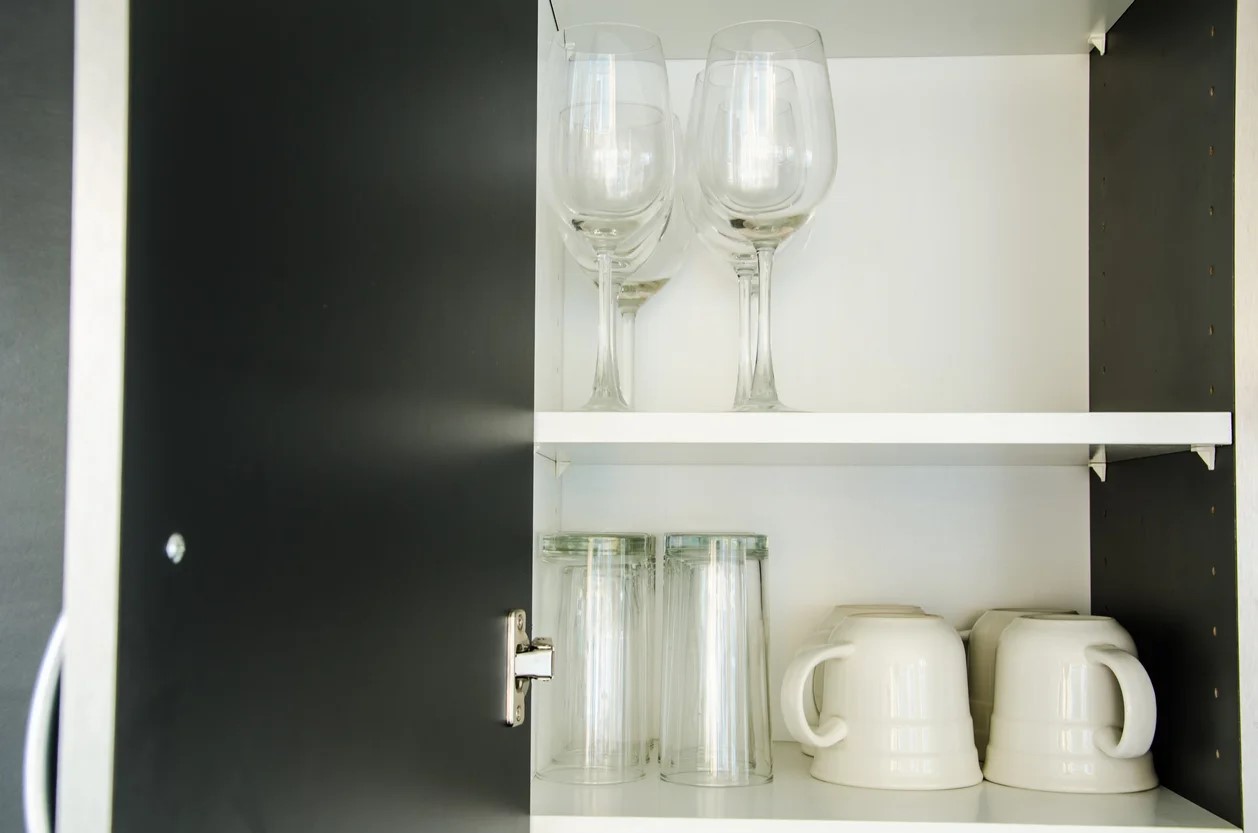
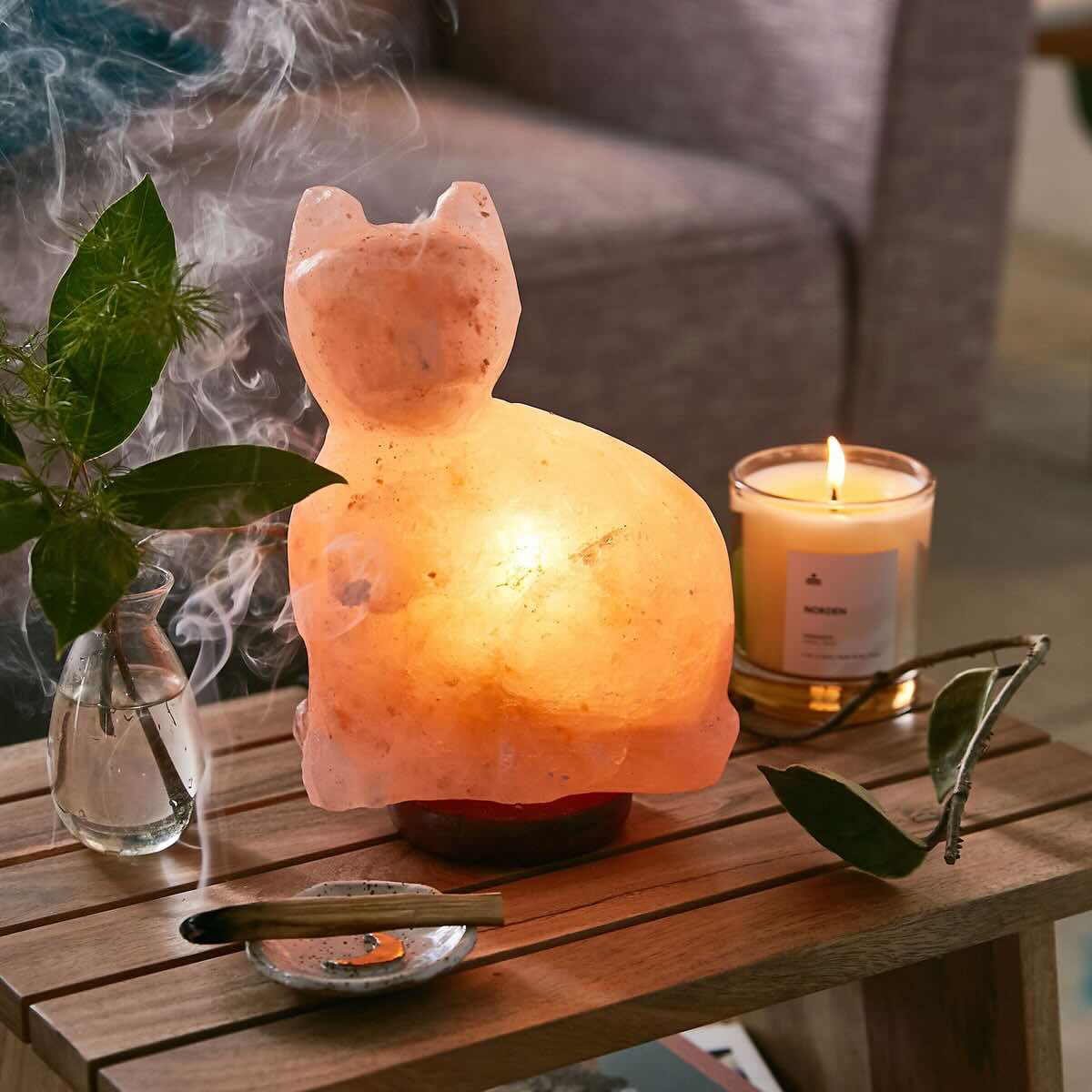
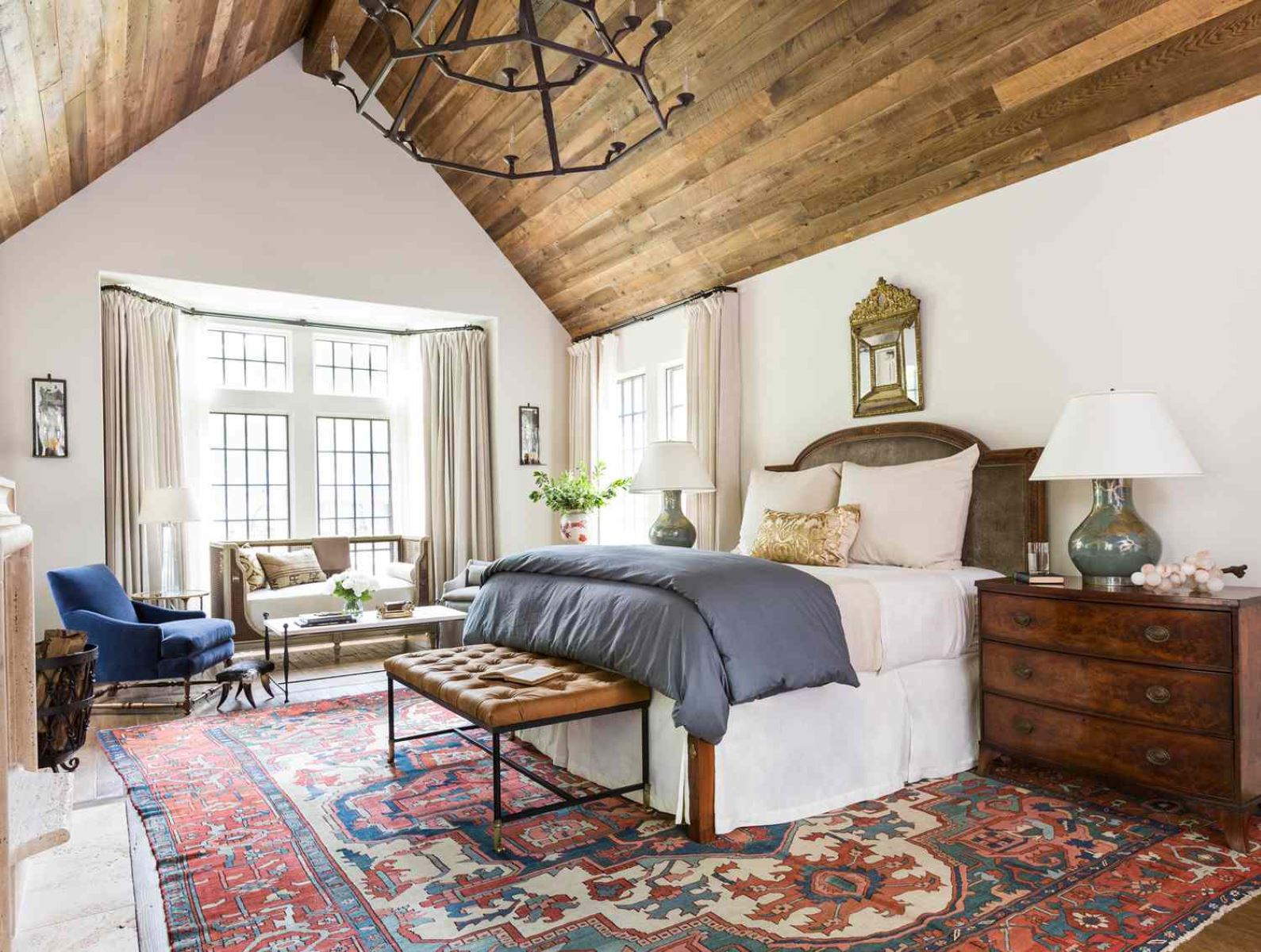
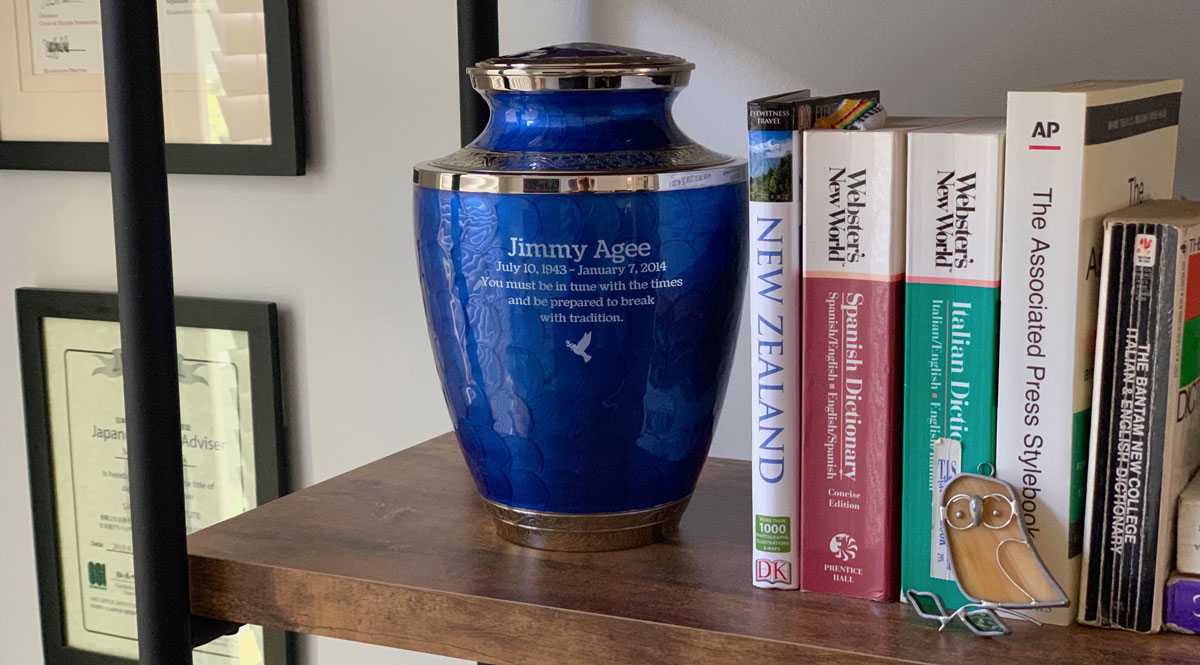

0 thoughts on “Where To Place Bookshelves”